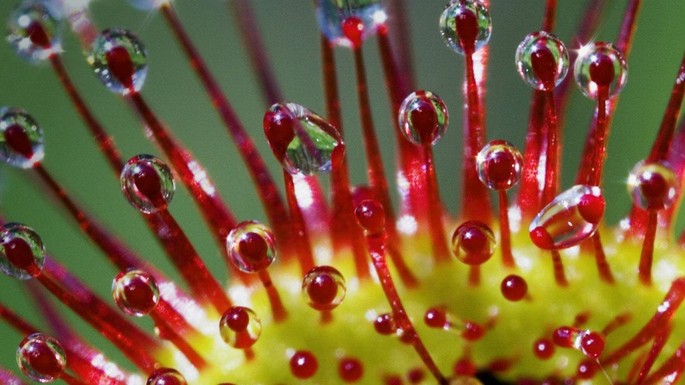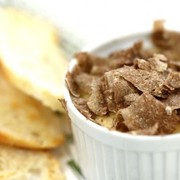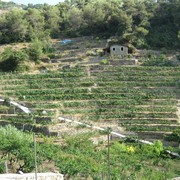The Swamp Pesteana is the most southern oligotrophic swamp of our country. It covers an area of about two hectares and is part of the Dinosaur Geopark of Haţeg. The swamp was formed by the filling of a Pleistocene lake (geological period that began 2.5 million years ago and ended about 12,000 years ago).
Swamp Pesteana was declared a nature reserve for the presence of carnivorous plant that grows in it, Drosera rotundifolia or dew of heaven, a glacial relict and one of the few carnivorous plants of the Romanian flora.
When you think of a carnivorous plant you imagine a plant with huge tentacles and which eats all kinds of creatures. All wrong. The dew of heaven is a very delicate plant with an attractive appearance, just because it should be a "trap for flies."
Drosera rotundifolia reaches up to 10-20 cm, and the leaves are covered with many glandular hairs that have the role of digesting insects. The hairs, also called tentacles, secrete a sticky substance that form shining drops of dew, from which the name of the plant. The bug sitting on a leaf of this plant sticks to the sticky drops and the more he tries to free himself the more he sticks to the plant. The hairs twine around the bug and secrete an abundant sticky juice, suffocating the insect. The insect is digested with certain proteolytic enzymes and in a few days, by the insect will remain only the skeleton. The plant consumes about 50 insects per year.
The Swamp Peșteana, called by the villagers also the bottomless pond, is considered by the locals a place of Devil. The legends say that animals entering into this swamp for drinking water are simply swallowed up together with wagons.
It says the swamp would be connected to the Ocean ...




















